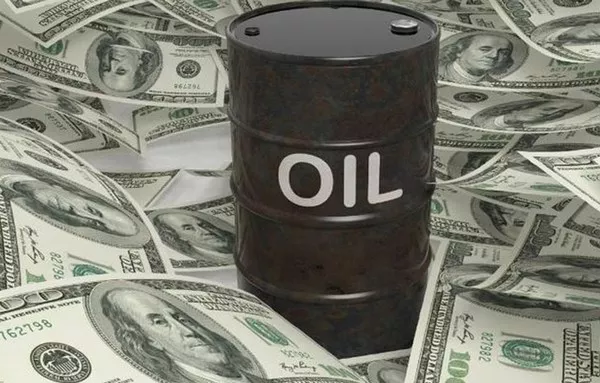In the realm of Asian trading, oil prices maintained their equilibrium on Monday, marking time as anticipation built for an upcoming OPEC+ gathering on June 2. This pivotal meeting is poised to address the prospect of sustaining voluntary output reductions for the remainder of the year.
As the clock ticked towards the session, the July contract for Brent crude experienced a modest uptick of 24 cents, settling at $82.36 per barrel as of 0638 GMT. Meanwhile, the August contract, displaying more active trading, edged higher by 29 cents to $82.13. Similarly, U.S. West Texas Intermediate (WTI) crude futures demonstrated resilience, advancing by 28 cents to $78 per barrel.
Last week’s market trajectory saw Brent closing approximately 2% lower, with WTI experiencing a loss nearing 3%. The descent was spurred by revelations from Federal Reserve minutes, indicating a willingness among some officials to tighten interest rates further in response to persistent inflation concerns.
Trading activities on Monday were tempered by public holidays observed in both the U.S. and UK, contributing to thinner market participation.
The highly anticipated OPEC+ assembly, initially scheduled for June 1, was rescheduled to convene online, as announced by OPEC on Friday. Deliberations are expected to revolve around the extension of voluntary output cuts totaling 2.2 million barrels per day into the latter half of the year, with sources from OPEC+ countries indicating a probable extension.
According to Sugandha Sachdeva, founder of Delhi-based research firm SS WealthStreet, the buoyancy in oil futures is largely attributed to prevailing expectations of the extension of output cuts. However, Sachdeva emphasized that the trajectory of price movements will be heavily influenced by the forthcoming U.S. Producer Price Index (PPI) data, which could shape the Federal Reserve’s stance on potential rate adjustments.
In tandem with existing production cuts, amounting to 3.66 million barrels per day until year-end, these measures collectively account for nearly 6% of global oil demand. OPEC has expressed optimism regarding oil demand growth, forecasting an increase of 2.25 million barrels per day, whereas the International Energy Agency holds a more conservative projection of 1.2 million barrels per day.
Analysts at ANZ underscored the significance of monitoring gasoline usage as the Northern Hemisphere enters the summer season, historically marked by heightened driving activity. Despite expectations of a surge in U.S. holiday travel post-COVID, ANZ analysts cautioned that improved fuel efficiency and the proliferation of electric vehicles could temper oil demand. However, they noted that this potential decline might be offset by an uptick in air travel.
Furthermore, market attention will be directed towards the U.S. personal consumption expenditures (PCE) index, slated for release on May 31, which serves as a pivotal indicator for the Federal Reserve’s inflation outlook.
In a separate development, Goldman Sachs revised its forecast for 2030 oil demand to 108.5 million barrels per day from 106 million barrels per day, predicting peak oil demand by 2034 at 110 million barrels per day, followed by a sustained plateau until 2040.


